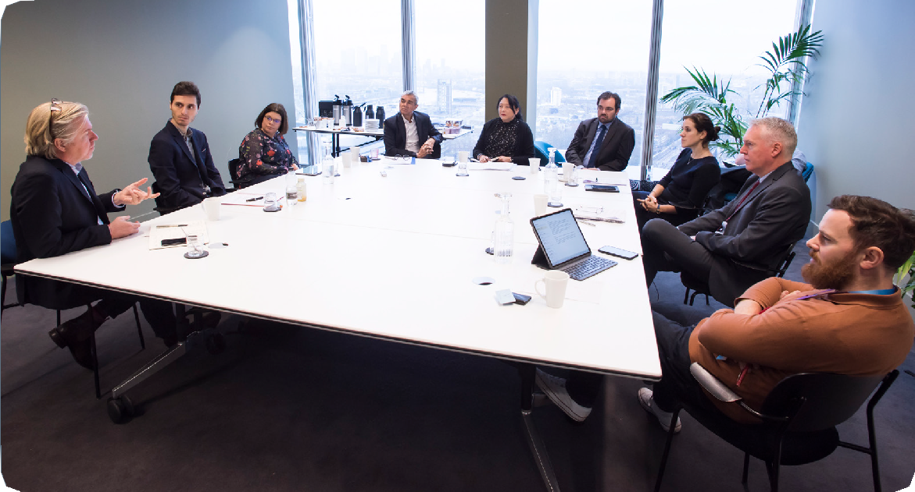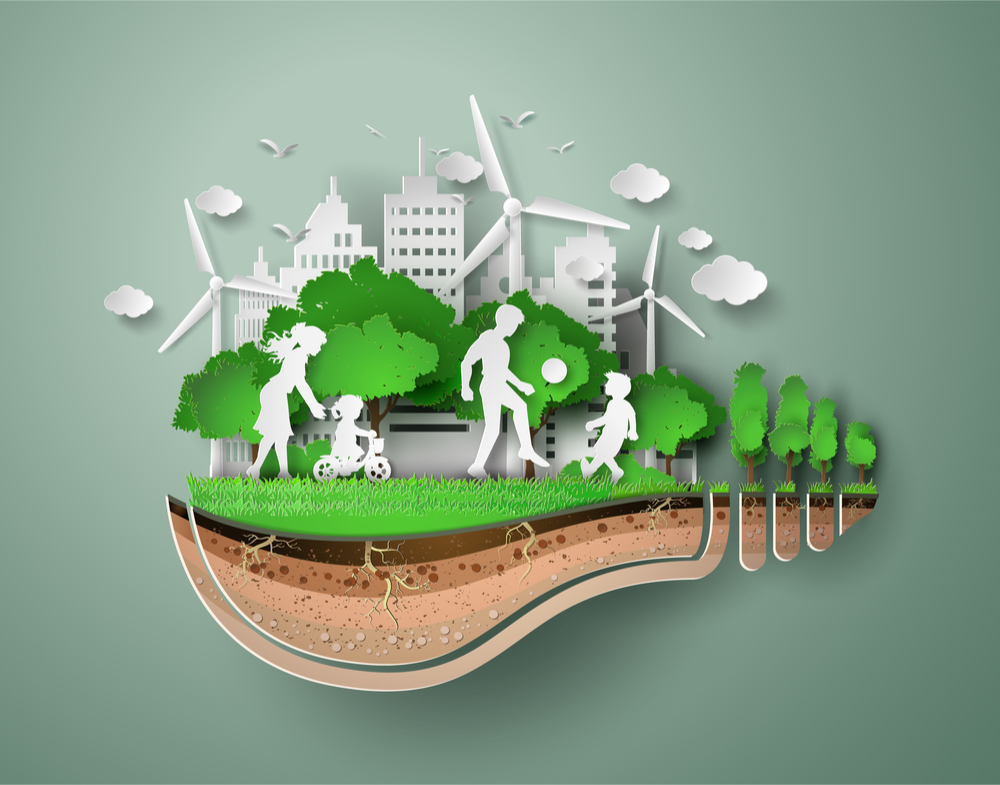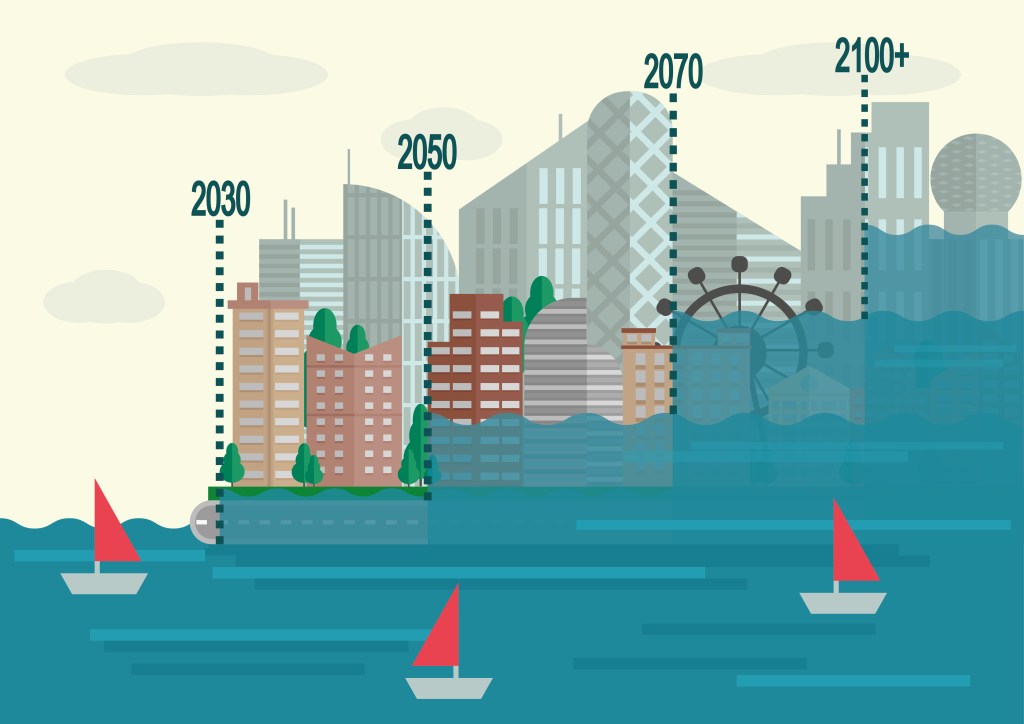Tackling the Climate Crisis
Yardi Think Tank
Property Week and Yardi brought together a host of leading industry figures at The Office Group, The Shard In London to discuss what the property industry is doing to tackle the climate crisis. The panel: Neal Gemassmer, Vice president, international, Yardi Sam Carson, Director of sustainability innovation, Carbon Intelligence Janine Cole, Director of sustainability and […]


